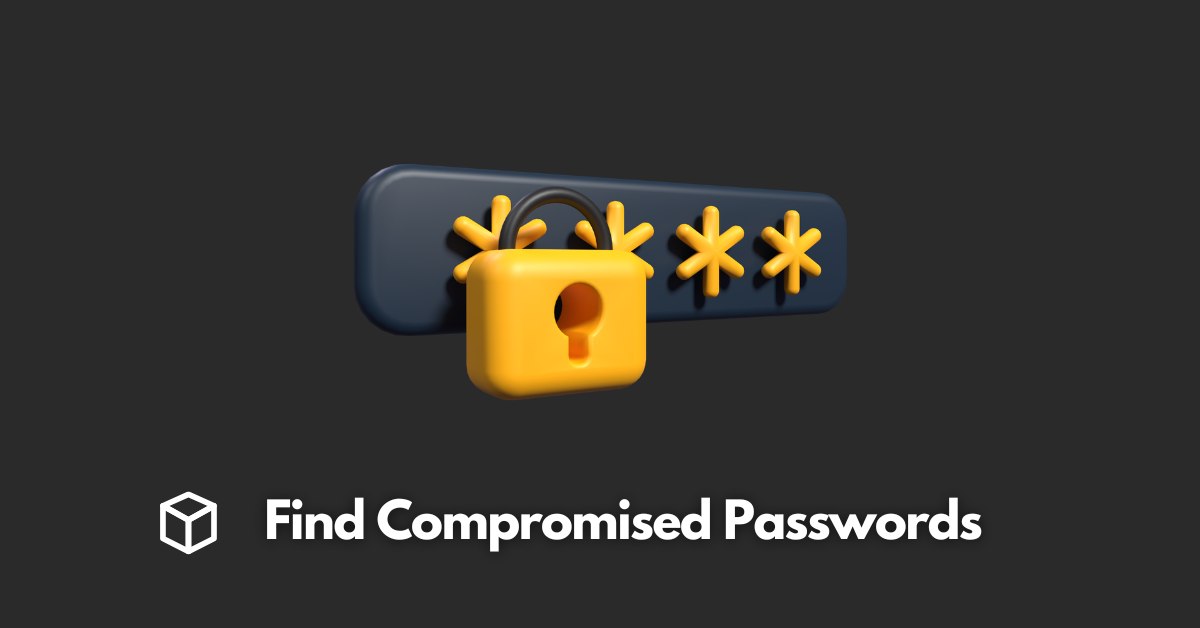For all of us, our online accounts hold a wealth of personal and sensitive information.
From our finances to our personal relationships, the stakes are high when it comes to protecting our online identities.
One of the most important steps in safeguarding our online presence is through the use of strong and secure passwords.
However, even the most well-crafted password can be compromised if it falls into the wrong hands.
In this article, we will explore the concept of compromised passwords, how to identify if your password has been compromised, and the best practices for protecting your passwords.
Understanding Compromised Passwords
A compromised password is one that has been obtained by an unauthorized individual through means such as data breaches, phishing scams, or other forms of cyber attacks.
Compromised passwords can take on many forms, but they generally fall into two categories:
Publicly exposed passwords and those sold on the dark web.
Publicly exposed passwords are those that have been leaked as a result of a data breach and are easily searchable on the internet.
Passwords that are sold on the dark web, on the other hand, are obtained through illegal means and are not as easily accessible.
Signs that Your Password May be Compromised
There are several indicators that your password may have been compromised.
Some common signs include unexpected login attempts, unauthorized access to your accounts, and suspicious activity on your accounts.
One of the most reliable ways to check if your password has been compromised is to check if your email address has been compromised in a data breach.
Many websites such as Have I Been Pwned allow you to enter your email address and check if it has been compromised in a data breach.
Ways to Find Compromised Passwords
There are several tools and services available to check if your password has been compromised.
Some popular options include Have I Been Pwned and the Google Password Checkup.
These tools work by comparing your password against a database of known compromised passwords.
Another option is to use a password manager such as LastPass or 1Password, which have built-in functionality to check if your password has been compromised and warn you if it has.
Best Practices for Protecting Your Passwords
The best defense against compromised passwords is to create strong and unique passwords.
This means using a combination of upper and lowercase letters, numbers, and special characters.
Avoid using easily guessable information such as your name or birthdate in your password.
Another important step is to use different passwords for different accounts, as reusing passwords increases the likelihood of multiple accounts being compromised in the event of a single password being compromised.
Additionally, consider enabling two-factor authentication as an extra layer of security for your accounts.
Conclusion
Compromised passwords can create serious consequences for our online security.
By understanding the concept of compromised passwords, being able to identify the signs of a compromised password, and implementing best practices for password security, we can take steps to protect our online identities.
Remember to check if your password has been compromised, use strong and unique passwords and consider using a password manager and enabling two-factor authentication for added security.




